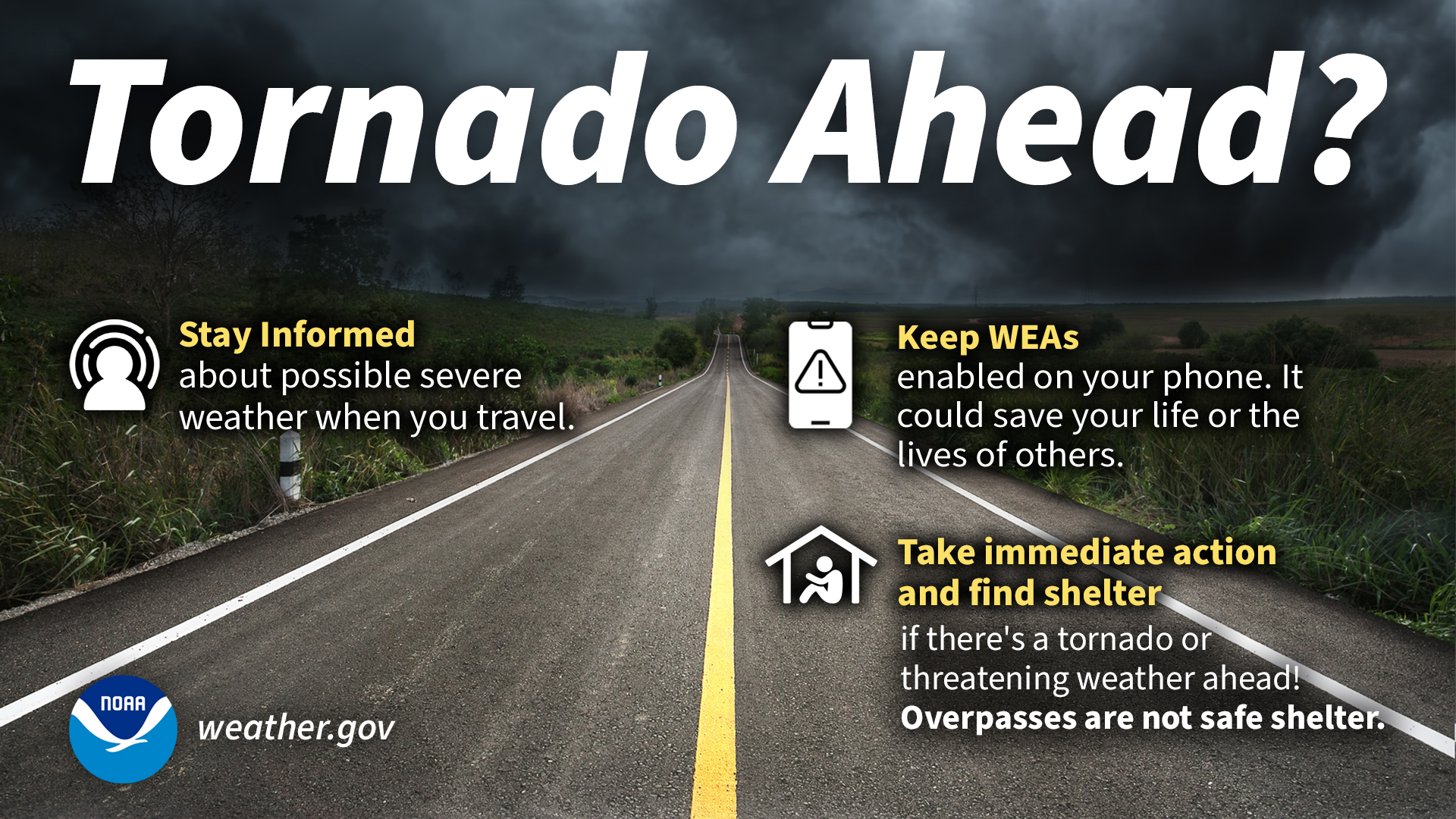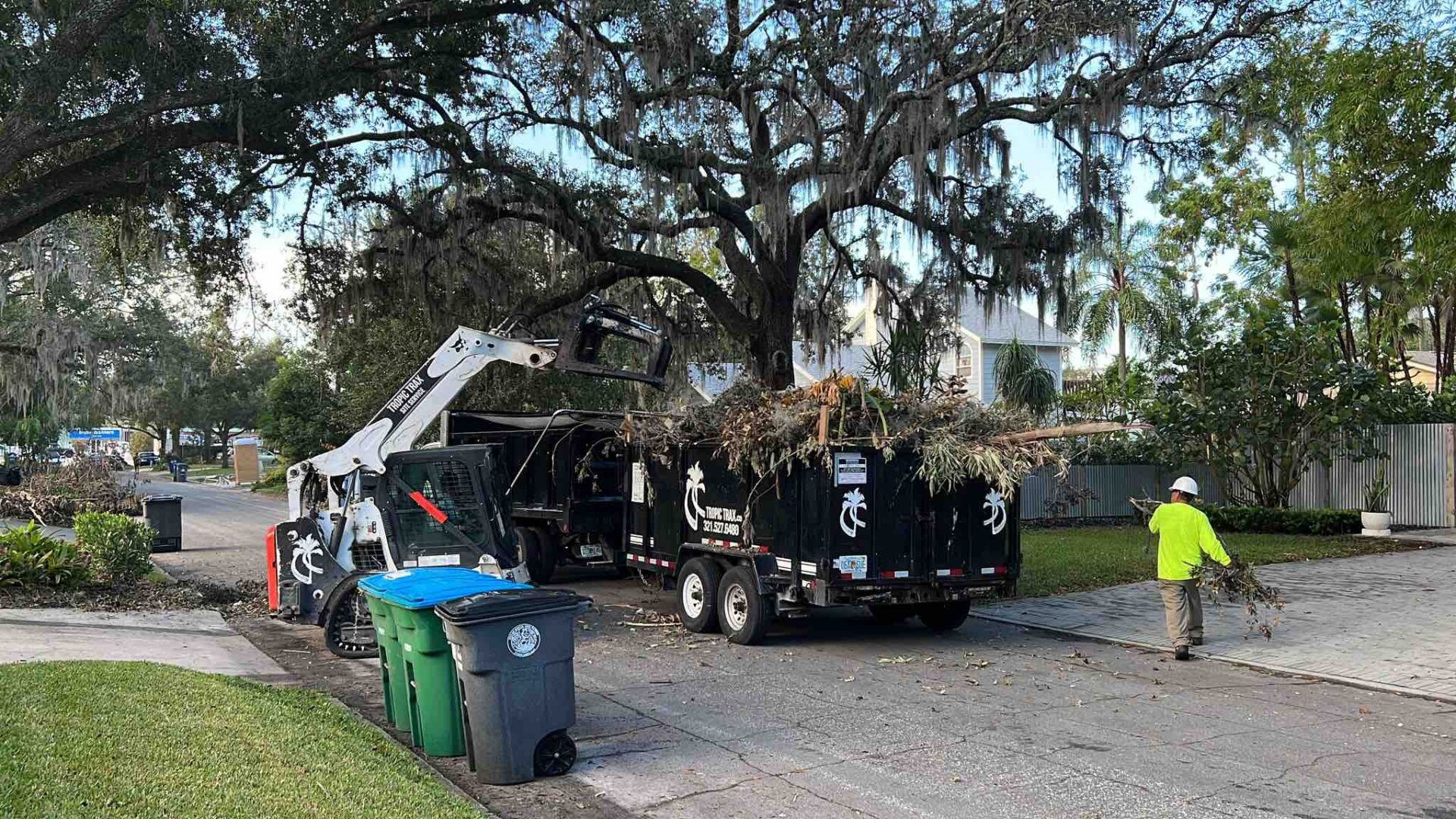NWS Kentucky: Get Ready For Severe Weather Awareness Week

Table of Contents
Understanding Kentucky's Severe Weather Threats
Kentucky's geography and location make it susceptible to a variety of severe weather events. Understanding these threats is the first step in effective preparedness.
Tornadoes
Kentucky's location within Tornado Alley makes it highly susceptible to tornadoes. These powerful, rotating columns of air can cause devastating damage in a matter of minutes. It’s crucial to understand the difference between a tornado watch and a tornado warning. A watch means conditions are favorable for tornado development, while a warning indicates a tornado has been sighted or indicated by weather radar. Developing a family tornado safety plan is paramount. This plan should include identifying a designated safe room or shelter—ideally a basement or interior room on the lowest level of your home.
- Know where to seek shelter immediately. Time is critical during a tornado.
- Practice your plan regularly. Familiarity saves precious seconds in an emergency.
- Have emergency supplies readily available. This includes water, non-perishable food, a first-aid kit, and a battery-powered radio.
- Stay informed via NOAA Weather Radio. This is a crucial tool for receiving timely warnings.
Flooding
Flash floods and river floods are significant threats, especially during periods of heavy rainfall. Kentucky's rivers and tributaries can rise rapidly, leading to dangerous and life-threatening situations. Remember the critical mantra: "Turn Around, Don't Drown." Never attempt to drive or walk through flooded areas; the water may be deeper and faster than it appears. Understand your flood risk; check your local floodplains and risk maps. Take preventative measures to protect your property.
- Elevate valuable possessions. Move important items to higher ground to prevent water damage.
- Create an evacuation plan. Know your escape routes and designated meeting points.
- Know your flood risk zone. This information is available through your local authorities and the FEMA website.
- Monitor river levels. Stay updated on river levels and potential flooding through local news and the NWS Kentucky website.
Severe Thunderstorms
Kentucky experiences frequent severe thunderstorms characterized by damaging winds, large hail, and dangerous lightning. These storms can develop rapidly and cause significant damage. Learn to recognize the signs of an approaching severe thunderstorm: dark, greenish clouds; strong, gusty winds; and hail. When a severe thunderstorm hits, seek shelter indoors immediately.
- Unplug electronics. Protect your appliances from power surges.
- Avoid contact with water. Water is an excellent conductor of electricity.
- Stay away from windows. Avoid potential damage from flying debris.
- Monitor weather forecasts. Stay informed about approaching storms through reliable weather sources.
Preparing for Severe Weather
Proactive preparation is key to minimizing the impact of severe weather. Creating a comprehensive plan and utilizing reliable weather resources can save lives and property.
Creating a Family Emergency Plan
A well-defined family emergency plan is crucial. This plan should outline communication strategies, evacuation routes, and designated meeting points. Identify safe rooms within your home or locate nearby community shelters. Assemble an emergency kit with essential supplies, including water, non-perishable food, a first-aid kit, medications, flashlights, batteries, and blankets.
- Practice the plan regularly. Drills ensure everyone knows their roles and responsibilities.
- Assign roles and responsibilities. Delegate tasks to different family members.
- Keep emergency contacts readily accessible. Have a list of important phone numbers readily available.
- Regularly update your emergency kit. Check expiration dates on food and water and replace items as needed.
Utilizing Weather Resources
Stay informed using the wealth of resources available. Utilize the NWS Kentucky website and social media channels for accurate forecasts and warnings. Download a reliable weather app on your smartphone and enable emergency alerts. Consider investing in a NOAA Weather Radio with Specific Area Message Encoding (SAME) technology for reliable, localized warnings.
- Sign up for weather alerts. Receive timely notifications of approaching severe weather.
- Regularly check forecasts. Stay updated on the latest weather predictions.
- Understand warning terminology. Know the difference between watches, warnings, and advisories.
- Familiarize yourself with local emergency procedures. Understand your community's response plans.
Staying Safe During Severe Weather
Knowing how to react during severe weather is just as important as preparation. Swift action can make a significant difference.
Tornado Safety
Upon receiving a tornado warning, immediately go to your designated safe room or shelter. Protect yourself from flying debris by seeking the lowest level of a sturdy building, ideally a basement or interior room. Stay informed about the storm's path and movement through weather updates.
- Cover your head and neck. Protect yourself from impact injuries.
- Avoid windows. Stay away from exterior walls and glass.
- Stay in your shelter until the all-clear is given. Do not leave until the danger has passed.
- Be aware of potential secondary hazards (flooding). Flooding can follow tornadoes, adding further danger.
Flood Safety
Never drive or walk through floodwaters. The current might be stronger than you expect, and hidden debris can pose a significant risk. Evacuate your home immediately if instructed to do so by authorities. Stay away from power lines and downed electrical wires – these can be electrified and deadly.
- Be aware of potential hazards in floodwaters. Floodwaters can contain contaminants and debris.
- Avoid areas prone to flash flooding. Stay away from low-lying areas and riverbanks.
- Follow instructions from emergency responders. Obey directions from first responders.
- Seek higher ground if necessary. Move to higher ground if flooding threatens your location.
Severe Thunderstorm Safety
Stay indoors during severe thunderstorms. Avoid contact with water and electrical appliances. Stay away from windows and doors, and monitor weather conditions carefully.
- Monitor weather conditions. Track the storm's progress through reliable sources.
- Seek shelter immediately. Find a safe indoor location away from windows and doors.
- Avoid high ground during lightning. Lightning is more likely to strike higher elevations.
- Remain indoors until the storm passes. Do not leave until the threat is over.
Conclusion
Severe Weather Awareness Week is a crucial time to review your preparedness plans and reinforce safety procedures. By understanding the severe weather threats specific to Kentucky and actively utilizing the resources available from NWS Kentucky, you can significantly reduce your risk and protect yourself and your loved ones. Don’t wait until the next severe weather event; take action today! Visit the NWS Kentucky website for more information and prepare for all types of NWS Kentucky severe weather.

Featured Posts
-
 Porsche Cayenne Gts Coupe Szczegolowa Recenzja Po Jazdach Testowych
Apr 29, 2025
Porsche Cayenne Gts Coupe Szczegolowa Recenzja Po Jazdach Testowych
Apr 29, 2025 -
 Report Storm Damage Louisville Debris Pickup Request Process
Apr 29, 2025
Report Storm Damage Louisville Debris Pickup Request Process
Apr 29, 2025 -
 Historic Flooding Tornadoes And Heavy Snow Slam Louisville In 2025
Apr 29, 2025
Historic Flooding Tornadoes And Heavy Snow Slam Louisville In 2025
Apr 29, 2025 -
 Analyzing Pitchers Name S Performance Mets Rotation Contender
Apr 29, 2025
Analyzing Pitchers Name S Performance Mets Rotation Contender
Apr 29, 2025 -
 Ftc Appeals Microsoft Activision Merger Ruling
Apr 29, 2025
Ftc Appeals Microsoft Activision Merger Ruling
Apr 29, 2025
Latest Posts
-
 Conferinta Pw C Romania Schimbari Majore In Taxare In 2025
Apr 29, 2025
Conferinta Pw C Romania Schimbari Majore In Taxare In 2025
Apr 29, 2025 -
 Modificari Fiscale 2025 Ce Ne Rezerva Noul An
Apr 29, 2025
Modificari Fiscale 2025 Ce Ne Rezerva Noul An
Apr 29, 2025 -
 Analysis Of Pw Cs Departure From Nine African Countries
Apr 29, 2025
Analysis Of Pw Cs Departure From Nine African Countries
Apr 29, 2025 -
 Pw Cs Strategic Shift Leaving Nine African Nations
Apr 29, 2025
Pw Cs Strategic Shift Leaving Nine African Nations
Apr 29, 2025 -
 The Implications Of Pw Cs Exit From Nine African Countries
Apr 29, 2025
The Implications Of Pw Cs Exit From Nine African Countries
Apr 29, 2025
